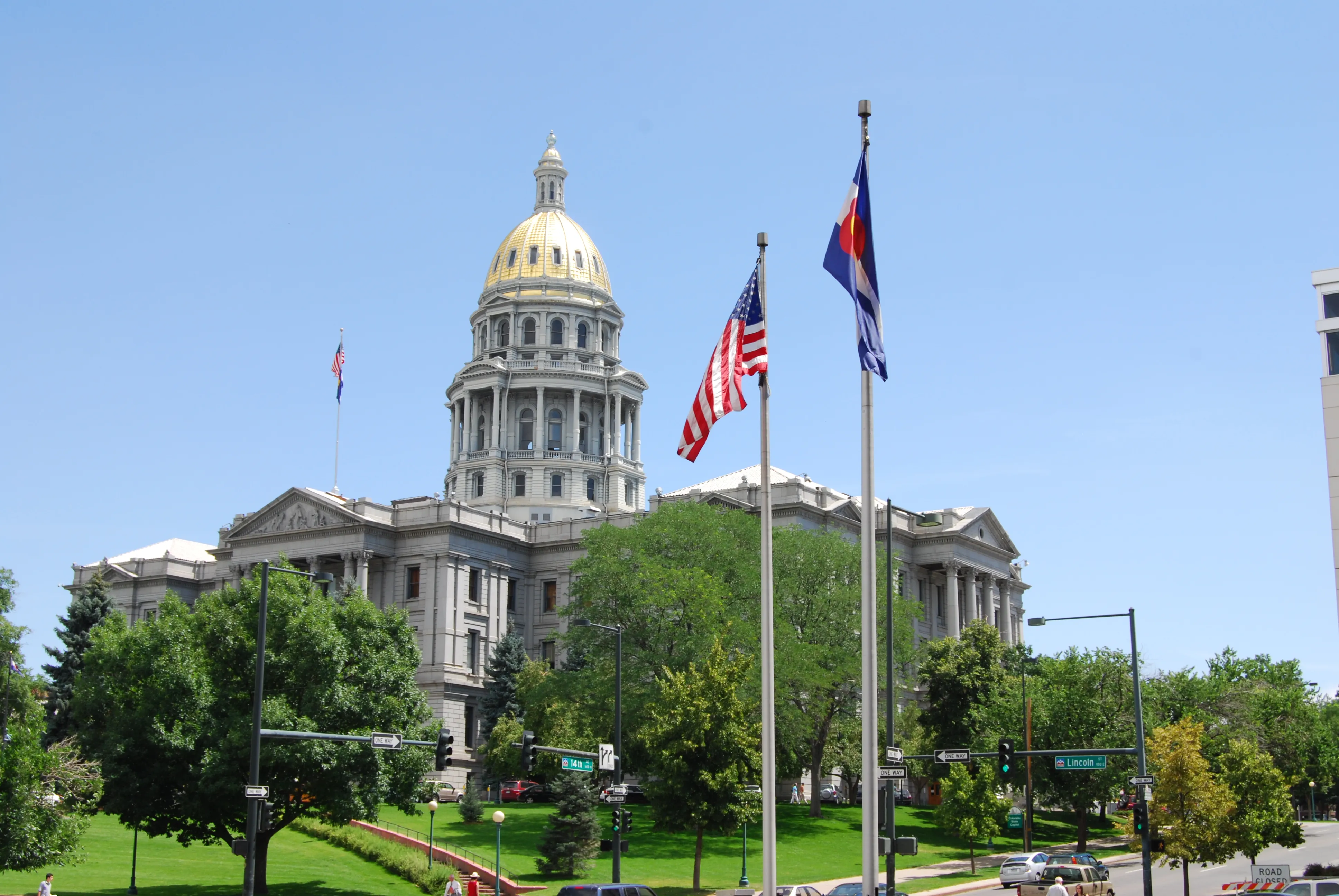
Colorado private landowners key to climate resiliency
(Colorado News Connection) More frequent and exponentially larger wildfires and prolonged drought already are impacting Colorado's agricultural lands and regional economies.
To ensure communities can survive and thrive in a changing climate, a broad range of stakeholders are working to create the state's first-ever private lands conservation plan.
Melissa Daruna, executive director of Keep it Colorado, said preserving at least 30 percent of the state's landscapes before 2030 is a critical first step to protect ecosystems sustaining people, farms and wildlife.
"And there is a huge opportunity with conserving private lands to help us reach goals that create more resiliency for our communities," Daruna emphasized. "Both in that wildland-urban interface, but also in rural parts of the state."
Of Colorado lands, 60 percent are privately owned, so Daruna pointed out one focus of the plan will be removing barriers, including making it financially viable for landowners to protect farm and ranch lands, watersheds and wildlife corridors. Several compensation options already are available to landowners, including cash payouts and state tax credits, but Daruna noted new revenue streams will also need to be tapped.
Scientists project conserving at least 50 percent of lands and waters by 2050 will be necessary to ride out the turbulence of a warming planet.
Daruna noted the Colorado plan calls for land trusts and other partners to include communities traditionally underrepresented in conservation efforts.
"Voices from Indigenous communities and tribal governments," Daruna outlined. "Our lower-income populations tend to have both less access to the outdoors, but also less of the positive impacts of ensuring clean drinking water and clean air in their communities."
Keep it Colorado's team recently completed a listening tour consulting with land trusts and other stewardship organizations to define areas to be kept intact. Daruna added the plan's next phase will lay the groundwork for developing conservation priorities meeting landowner needs and help create more resilient communities.
"These are natural landscapes, agricultural and working lands, critical wildlife habitat, and additional opportunities for outdoor recreation for the future," Daruna concluded.
















